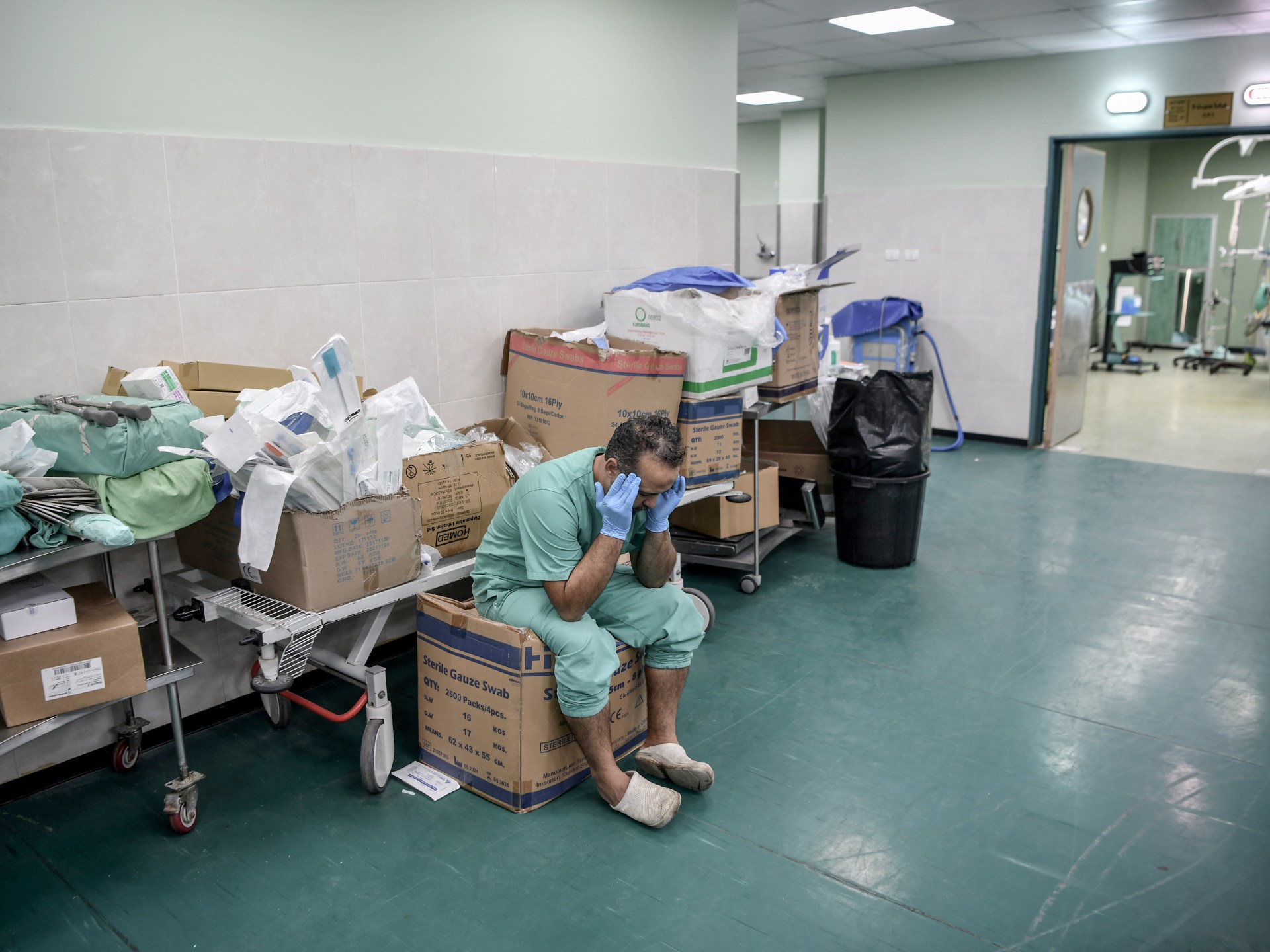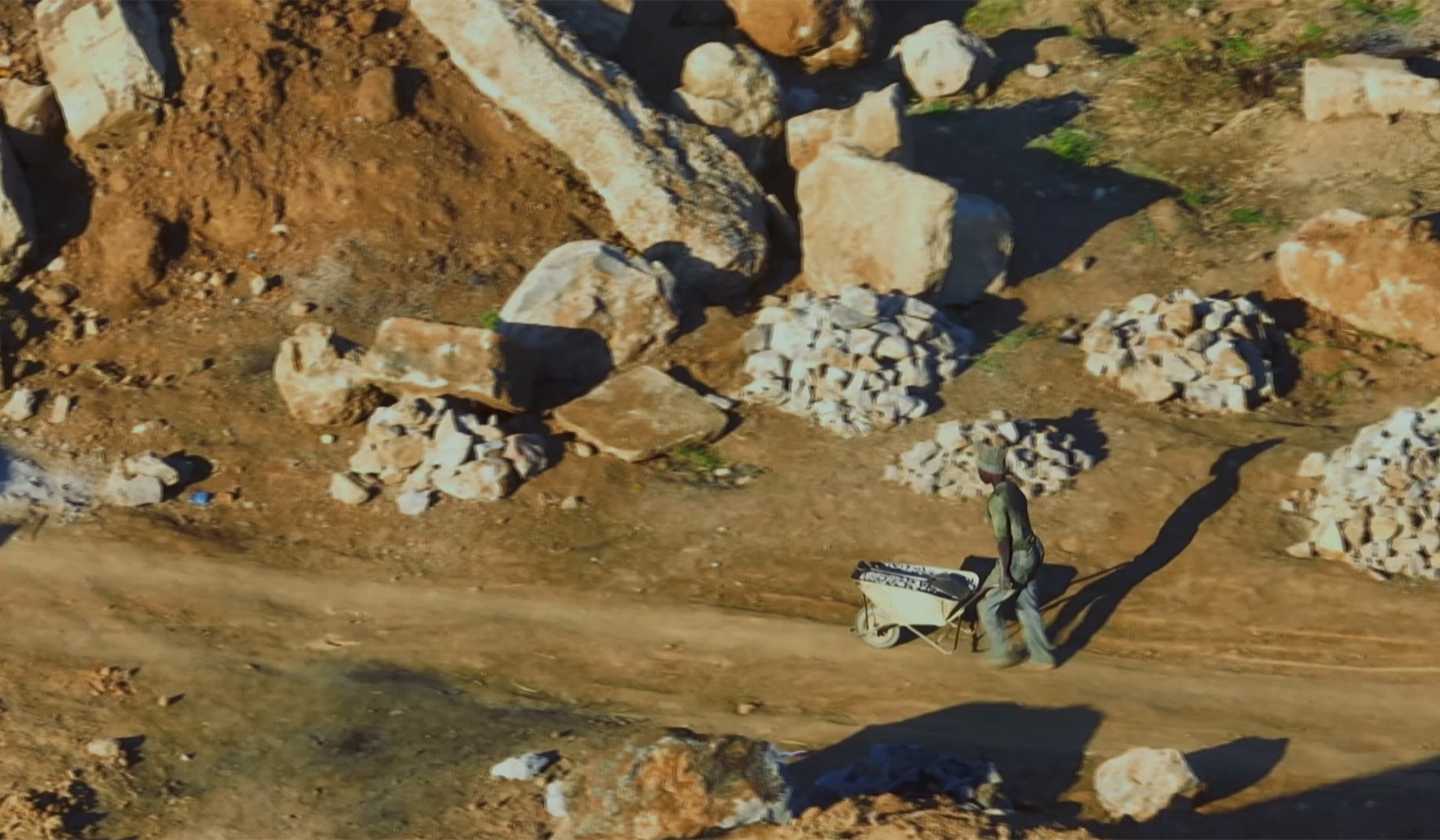Community Solutions Combat Water Shortages in Peru’s Highlands — Global Issues
LIMA, Oct 26 (IPS) – The lack of water is so severe in Peru’s highlands that farming families are forced to sell their livestock because they cannot feed them. “There is no grass or fodder to feed them,” says Fermina Quispe, a Quechua farmer from a rural community located at 4,200 meters above sea level.
Llarapi Chico, the name of her community, belongs to the district of Arapa in the southern Andean department of Puno, one of the 14 that the government declared in emergency on Oct. 23 due to the water deficit caused by the combined impacts of climate change and the El Niño phenomenon.
Arapa is home to 9,600 people in its district capital and villages, most of whom are Quechua indigenous people, as in other districts of the Puna highlands.
With a projected population of more than 1.2 million inhabitants, less than four percent of the estimated national population of over 33 million, Puno has high levels of poverty and extreme poverty, especially in rural areas.
According to official figures, in 2022 the poverty rate in the department stood at 43 percent, compared to 40 percent and 46 percent in 2020 and 2021, respectively – years marked by the impact of the COVID-19 pandemic. The recession of the Peruvian economy could drive up the poverty rate this year.
In addition, Puno was shaken by the impunity surrounding nearly 20 deaths during the social protests that broke out in December 2022 demanding the resignation of interim President Dina Boluarte, who succeeded President Pedro Castillo, currently on trial for attempting to “breach the constitutional order”.
The United Nations issued a report on Oct. 19 stating that human rights violations were committed during the crackdown on the protests, one of whose epicenters was Puno.
Fermina Quispe is president of the Women’s Association of Huerto de Nueva Esperanza, which is made up of 22 women farmers who, like her, are getting involved in agroecological vegetable production with the support of the non-governmental organization Cedepas Centro.
The 41-year-old community leader spoke to IPS in Chosica, on the outskirts of Lima, while she participated in the Encuentro Feminismos Diversos por el Buen Vivir (Meeting of Diverse Feminisms for Good Living), held Oct. 13-15.
With a soft voice and a face lit up with a permanent smile, Quispe shared her life story, which was full of difficulties that far from breaking her down have strengthened her spirit and will, and have helped her to face challenges such as food security.
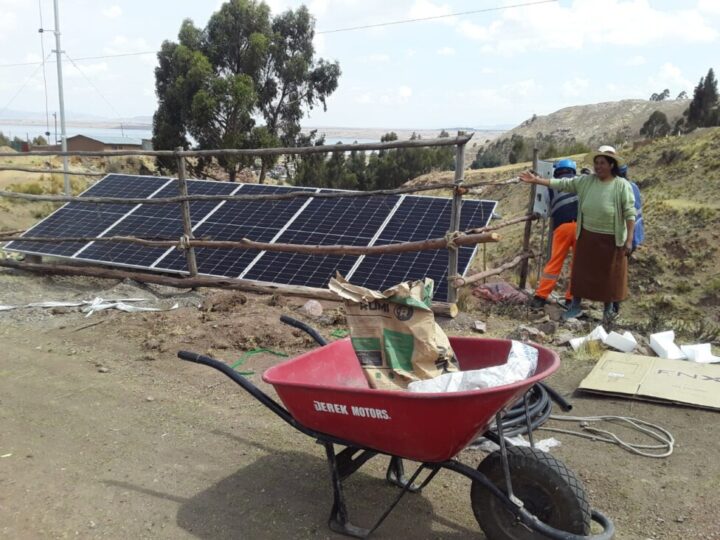
As a child she witnessed the kidnapping of her father, then lieutenant governor (the local political authority) of the community of Esmeralda, where she was born, also located in Arapa. Her father and her older brother were dragged away by members of the Maoist guerrilla group Sendero Luminoso (Shining Path), which unleashed terror in the country between 1980 and 2000.
“A month later we found my father, they had tortured him and gouged out his eyes. My mother, at the age of 40, was left alone with 12 children and raised us on her own. I finished primary and secondary school but I couldn’t continue studying because we couldn’t afford it, we had nowhere to get the money,” she recalls calmly. Her brother was never heard from again.
She did not have the opportunity to go to university where she wanted to be trained as an early childhood education teacher, but she developed her entrepreneurial skills.
After she married Ciro Concepción Quispe – “he is not my relative, he is from another community,” she clarifies- they dedicated themselves to family farming and managed to acquire several cattle and small livestock such as chickens and guinea pigs, which ensured their daily food.
Her husband is a construction worker in Arapa and earns a sporadic income, and in his free time he helps out on the farm and in community works.
Their eldest daughter, Danitza, 18, is studying education at the public Universidad Nacional del Altiplano in Puno, the departmental capital, where she rents a room. And the youngest, 13-year-old Franco, will finish the first year of secondary school in December. His school is in the town of Arapa, a 20-minute walk from their farm.
Fermina managed to build “my own little house” on a piece of land she acquired on her own and outside of her husband’s land, in order to have more autonomy and a place of her own “if we have conflicts,” she says.
She also began to look for information about support for farming families, bringing together her neighbors along the way. This is how the association she now presides over came into being.
However, the drought, which has not let up since 2021, is causing changes and wreaking havoc in their lives, ruining years of efforts of families such as Fermina’s.
“We have a water crisis and the families are very worried. We are not going to have any production and the cattle are getting thin, we have no choice but to sell. A bull that cost 2,000 soles (519 dollars) we are selling off for 500 (129 dollars). The middlemen are the ones who profit from our pain,” she says.
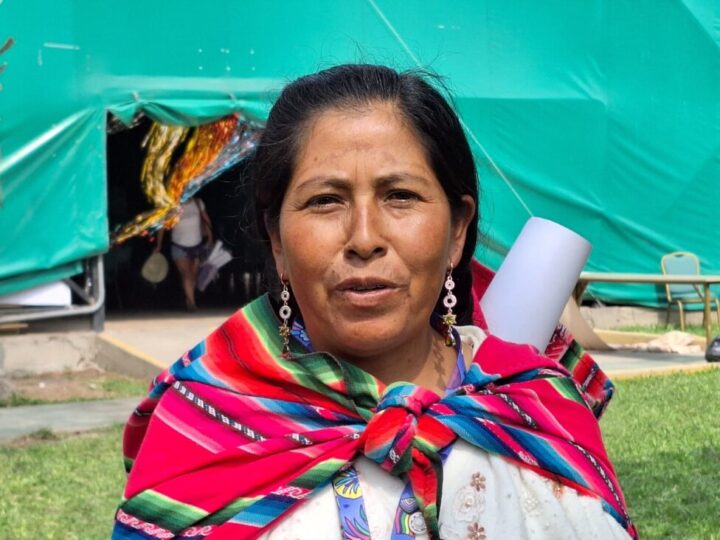
Solar water pumps
In the face of adversity, “proposals and action” seems to be Quispe’s mantra. She wants to strengthen her vegetable production for self-consumption and is thinking about growing aromatic herbs and flowers for sale. To do so, she needs to ensure irrigation in her six-by-thirteen-meter highland greenhouse where she uses agroecological methods.
During her participation in Cedepas Centro’s training activities, she learned about solar water pumps, which make it possible to pump water collected in rustic wells called “cochas” to gardens and fields. She has knocked on many doors to raise funds to set up solar water pumps in her community.
“Fermina’s gardens and those of 14 other farmers in her community now have solar pumps for irrigation and living fences made of Spanish broom (Cytisus racemosus),” José Egoavil, one of the experts in charge of the institution’s projects, told IPS.
“They are small pumps that run on 120- to 180-watt solar panels,” he says in a telephone interview from Arapa.
He explains that the solar panel is connected to the pump, which sucks the water stored in the wells that the families have dug, or in the “ojos de agua” – small natural pools of springwater – present on some farms. Thus, they can irrigate the vegetable crops in their greenhouses, and the living fences.
“It is a sustainable technology, it does not pollute because it uses renewable energy and maintenance is not very expensive. In addition, the families give something in return, which makes them value it more. Of the total cost of materials, which is about 900 soles (230 dollars), they contribute 20 percent, in addition to their labor,” he says.
Egoavil, a 45-year-old anthropologist, has lived in Arapa for three years. He is from Junín, a department in the center of the country where Cedepas Centro, an organization dedicated to promoting food security and sustainable development in the Andes highlands of central and southern Peru, is based,
“The focus of our work is on food security and a fundamental issue is water for human consumption and production. There have already been two agricultural seasons in which we have harvested much less and we are about to start a new one, but without rain the forecasts are not encouraging,” he says.
Given the water shortage, they have promoted the community participation of families in emergency projects such as solar pumps, which help to ensure their food supply.
In addition, long-range water seeding and harvesting works are underway, such as the construction of infiltration ditches at the headwaters of river basins.
The participation of small farming families is the driving force behind the works and they are responsible for identifying the natural water sources for their conservation and the construction of the ditches that will prevent the water from flowing down the hills when it rains.
“The ditch is like a sponge that retains water, but if it doesn’t rain, we don’t know what will happen,” says Egoavil.
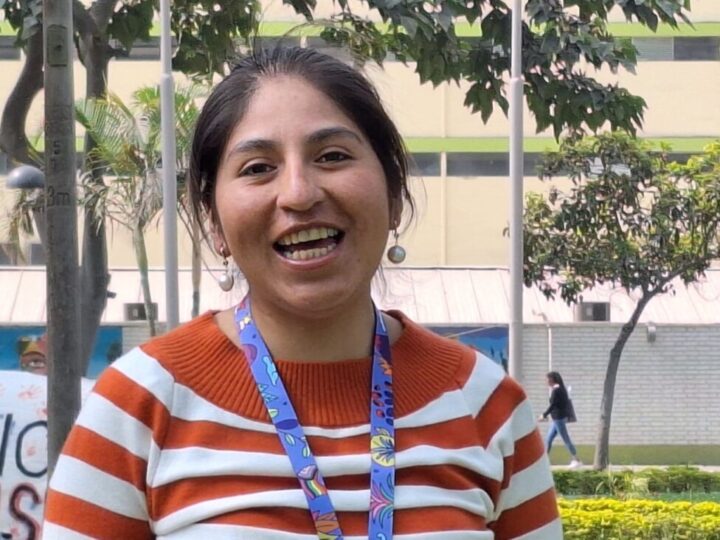
Learning to harvest water
Jesusa Calapuja, a 27-year-old veterinarian born in Arapa, is one of the people in charge of technical assistance in agroecological production, planting and water harvesting at Cedepas Centro.
Using the Escuela de Campo (countryside school) methodology, she travels by motorcycle to the different communities where she interacts with farming families. She came with Fermina Quispe to the feminist meeting in Chosica, where IPS interviewed her.
Calapuja also notes changes in the dynamics of the population due to water scarcity. For example, their production no longer generates surpluses to be sold at the Sunday markets; it is barely enough for their own sustenance.
“They don’t have the income to buy what they need,” she says.
She also notices that at training meetings, women and men no longer bring their boiled potatoes or soup made with the oca tuber, or roasted corn for snacks, but only chuño (dehydrated potatoes) or dried beans. The scarcity of their tuber and grain production is evident in their diets.
But Fermina Quispe hastn’t lost her smile in the face of adversity and is confident that her new skills will help the women in her community.
“Our great-great-grandparents harvested water, made terraces and dams; we have only been harvesting, collecting and using. But it won’t be like that anymore and we are taking advantage of the streams so the water won’t be lost. We only hope that the wind does not carry away the rain clouds,” she says hopefully.
© Inter Press Service (2023) — All Rights ReservedOriginal source: Inter Press Service
Check out our Latest News and Follow us at Facebook
Original Source




